MentorMeet
MentorMeet is a case study I developed in response to a design test prompt from Google. Balancing my full-time work commitments, I completed this project over the course of a week. This case study, along with my other qualifications, contributed to my success in securing a position at Google, enjoy!
Introduction
About Me
Hey there, my name is Matthew Solis and I’m a multidisciplinary designer currently located in Phoenix, Arizona. Here are some interesting things about me…

Born and raised in small town Arizona.

I received my Bachelor of Science in Visual Communication Design from The Design School at Arizona State University.

My professional design career began as a Visual Designer at the The Office of Knowledge Enterprise.

I moved on to Fender Musical Instruments as a Visual Designer working on various subjects such as Brand, Advertising, Web and Environments.

At Honeywell, I was a UX Lead in the Aerospace division working on a product suite that spanned all areas of flight operation for customers across the globe.

At Experian I am the UX Lead for a new fraud prevention and investigation platform. Our goal to make the internet a safer place to conduct business.

I’m a musician. Recently released my first album on Spotify!

Have a happy little family.

Always up for a new adventure.
Understand
The Problem
Mentoring can be a great way to share knowledge and help someone be successful in their personal or professional life. But many potential mentors are often too busy to commit to regular meetings, or they have a hard time connecting with people seeking help.
Design an experience where prospective mentors and mentees can be matched, based on similar interests, location, and availability. Show your process and how you arrived at your solution. Please include a sequence of high-fidelity mocks from your design solution.
Initial Assumptions
- Persona – Career Oriented Professionals.
- Being too busy to commit to regular meetings means we must design a flexible scheduling system to adapt to availability.
- Accessing the experience whenever free time is available is imperative. Initial designs will target a mobile platform.
- Criteria for matching will be based on interests, location, and availability.
- Need to determine an intuitive way to find and view matches.
Research

General
Combing through various sources such as Forbes, LinkedIn, and individual articles discussing mentorship; I documented common themes arising in these discussions.

Intuition
Having gone through several leadership mentorship programs during my tenure at Honeywell, I have my own perspective on mentoring. I believe the value of having different viewpoints will accelerate growth.
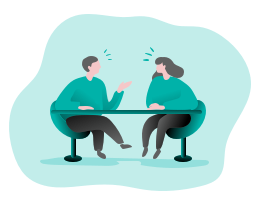
Interviews
Having access to former mentors, I called and discussed some of their motivations for seeking a mentorship. Mentors are looking to grow through a relationship just as much as a mentee.

Insights
We can connect a larger audience if we presume that both sides of the relationship can offer mentorship value. Aligning strengths to growth areas will provide a common thread between users.
Personas

Jess Engler
Jess is currently Creative Director for a medium-sized agency. His leadership has asked him to grow a UX team, for which he hasn’t had a lot of experience. He’s looking to gain perspective from experienced professionals.

Lucia Pacheco
Lucia is a seasoned UX designer working at a large Fortune 500 company. She’s currently a team lead looking to make the transition into a greater leadership role. She would love advice from a seasoned leader.
User Flow
Competitive Analysis

Duolingo demonstrates a comprehensive on-boarding process to gather user information.

ZocDoc provides its user base with an intuitive scheduling system that is defined by the office availability.
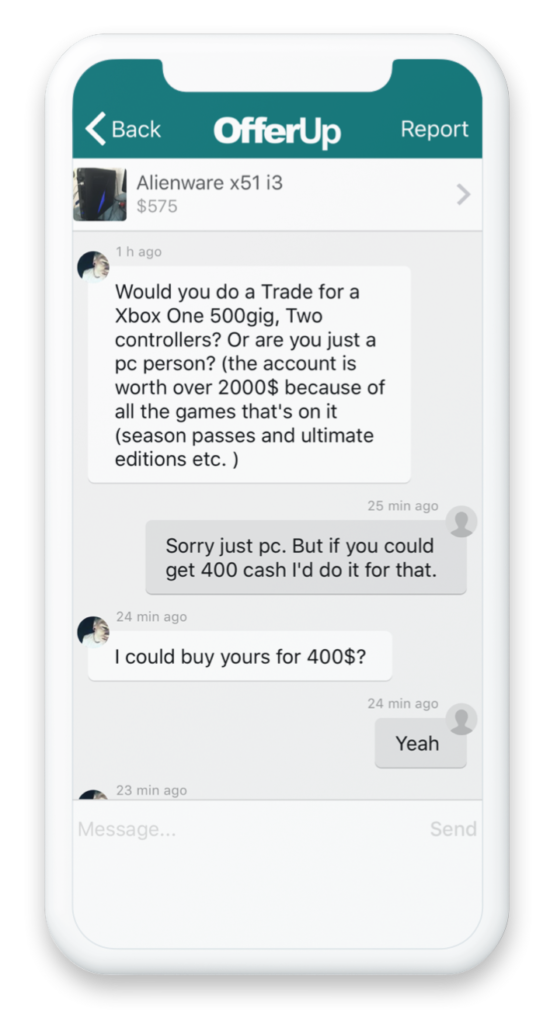
Conversations in OfferUp center around an object, a similar approach can be taken for events.

OfferUp contains a feedback system that cumulates on a sellers profile, encouraging friendly and positive interactions.
Hypothesis
Design

Mutual Mentorship
Connecting the community will provide mentorship as a two-way street–aligning strengths to individuals’ growth opportunities.
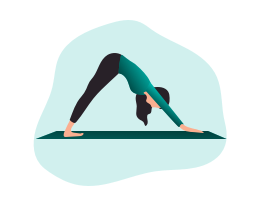
Flexibility
Adapting to the user’s schedule, we must provide a variety of options to allow the community to connect.

Grow Together
We can leverage feedback to boost the overall value of the user within community.
Prototype
Use the live prototype to walk through the experience as

Jess Engler
Jess is currently Creative Director for a medium-sized agency. His leadership has asked him to grow a UX team, for which he hasn’t had a lot of experience. He’s looking to gain perspective from experienced professionals.
Account Creation
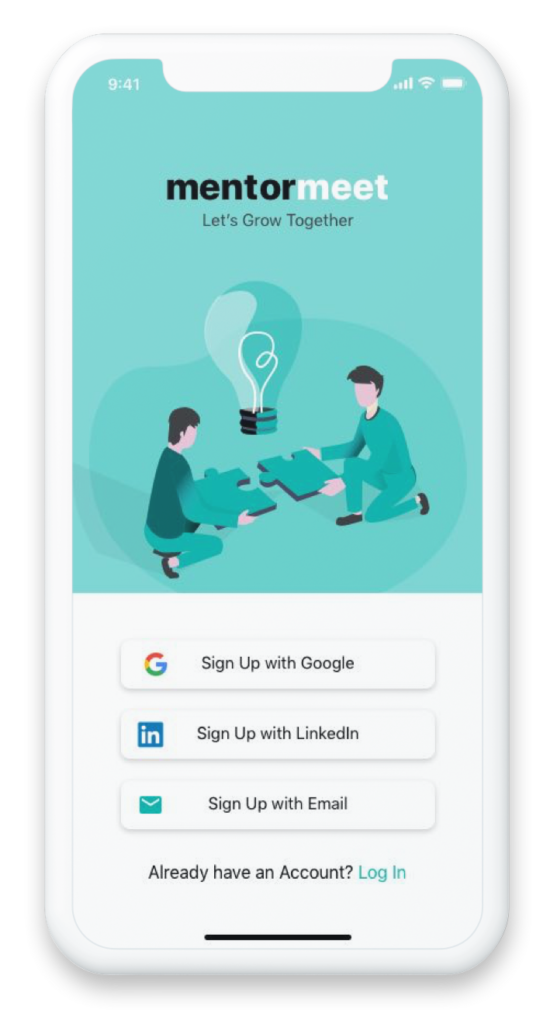
For the purpose of this exercise, Jess chose to sign up with Google was chose to capture the basic profile information, allowing him to quickly create an account.

Guiding users directly to search after account creation will allow them to discover the value of MentorMeet before committing to profile creation.
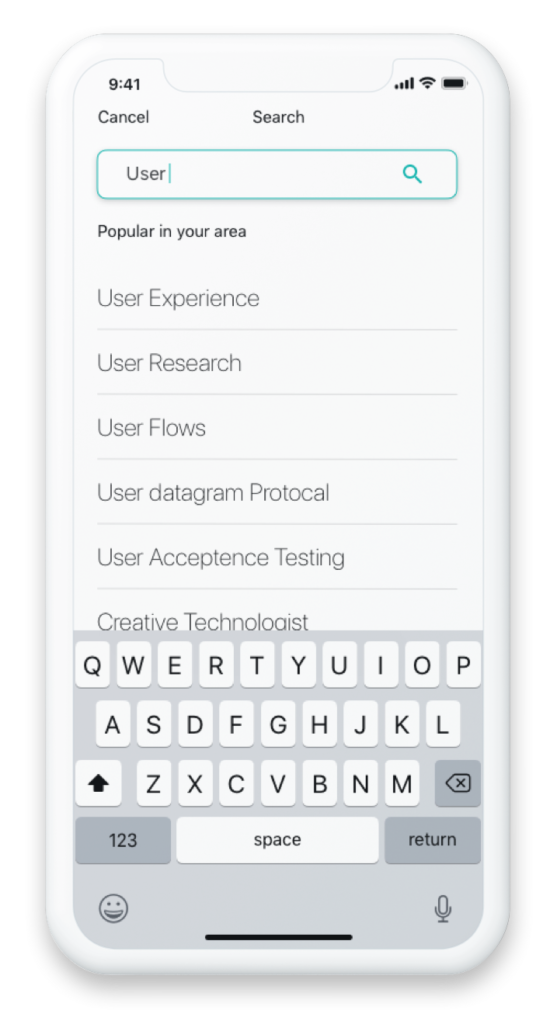
Jess can search through skillsets to refine his match characteristics.

By default, the search is going to provide Jess nearby matches, as well as any availability. This is what he’s looking, for so Jess selects Find.
Connecting

Matched results will display in order of search relevance. At this stage, Jess can see that there are a few matches which meet his criteria, but he’s going to select the first result, Lucia.

Lucia’s profile covers her experience, availability, location, and community feedback. But since Jess hasn’t fully setup his profile yet, he can’t determine how he and Lucia match.

Jess is interested in Lucia’s experiences and selects the first available time slot for a video chat and sends the request.
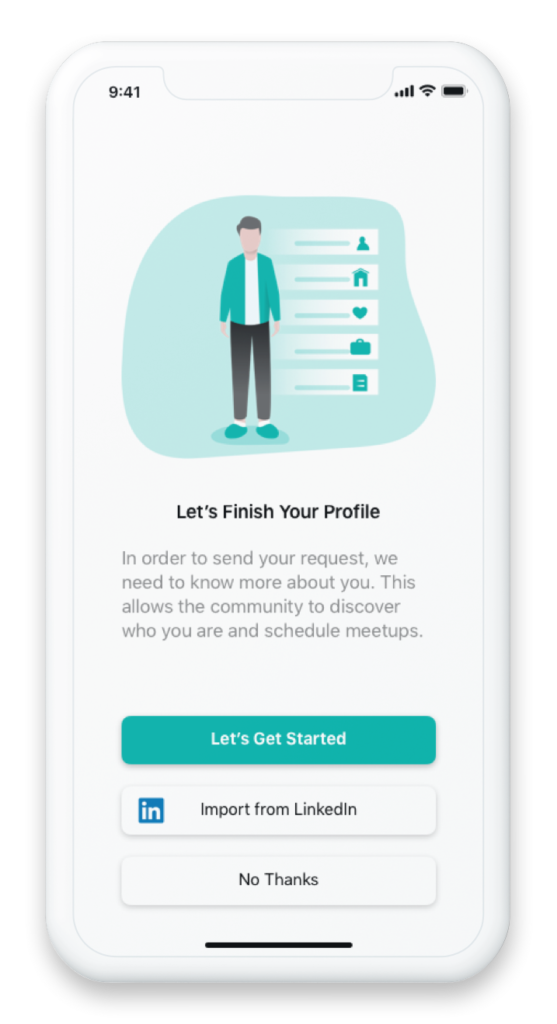
Now, we pause Jess’s workflow with a reminder to complete his profile first. This will allow MentorMeet to share information with Lucia so she understands how they match.
Onboarding

Onboarding begins with Jess’s current high-level experience information such as Role and Company.

Jess provides attributes that he feels are his strengths. These are the criteria that will allow the community to discover Jess as a mentor.

Jess considers in what ways he would like to grow. Knowing his motivations, Jess searches for his specific skillsets to add as growth opportunities.

Lastly, Jess will allow MentorMeet to use his location.
Communicating

Now that MentorMeet understands Jess’s strengths and growth opportunities, he can see how he and Lucia match up. For this scenario, Lucia and Jess are great candidates for a mutual mentorship.

Jess’s meet request is sent to start the conversation. Both he and Lucia share a brief dialogue and Lucia ultimately accepts his request.

At the time of meeting, Jess and Lucia will both receive a notification that It’s time to meet; linking them back into their conversation with they can find call to action to start their meeting.

Jess and Lucia will receive a feedback dialogue to share their experience with each other.
Evaluation & Next Steps

User Testing
The next step in the process would be to take this Prototype through user testing. For quick results, I would formulate a task completion plan around profile definition, browsing, and meeting requests to test our hypothesis. If available, I would work with a UX Researcher to formulate a more robust test plan.

Reviews and Feedback
Sharing the User Flow and Prototype with key stakeholders/collaborators will allow for feedback on how the current iteration is aligning to the problem statement and the business goals. Collaborating with development teams will also share technical considerations that may impact the design.
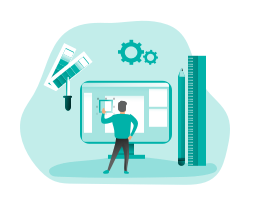
Design Iteration
Considering the research findings and feedback sessions, I would gather key insights and/or directional changes to refine the current journey. I would focus on making alternate concepts to solve for areas such as feedback.

Experience Expansion
Dig Deeper into areas such as:
- User Profile
- Availability Definition
- Home Page and content feeds
- Notifications
- Platform considerations such as Desktop
- Interaction and microtransitions
- Platform Architecture & Scalability
- Business Model & Monetization
- Continued User Engagement
